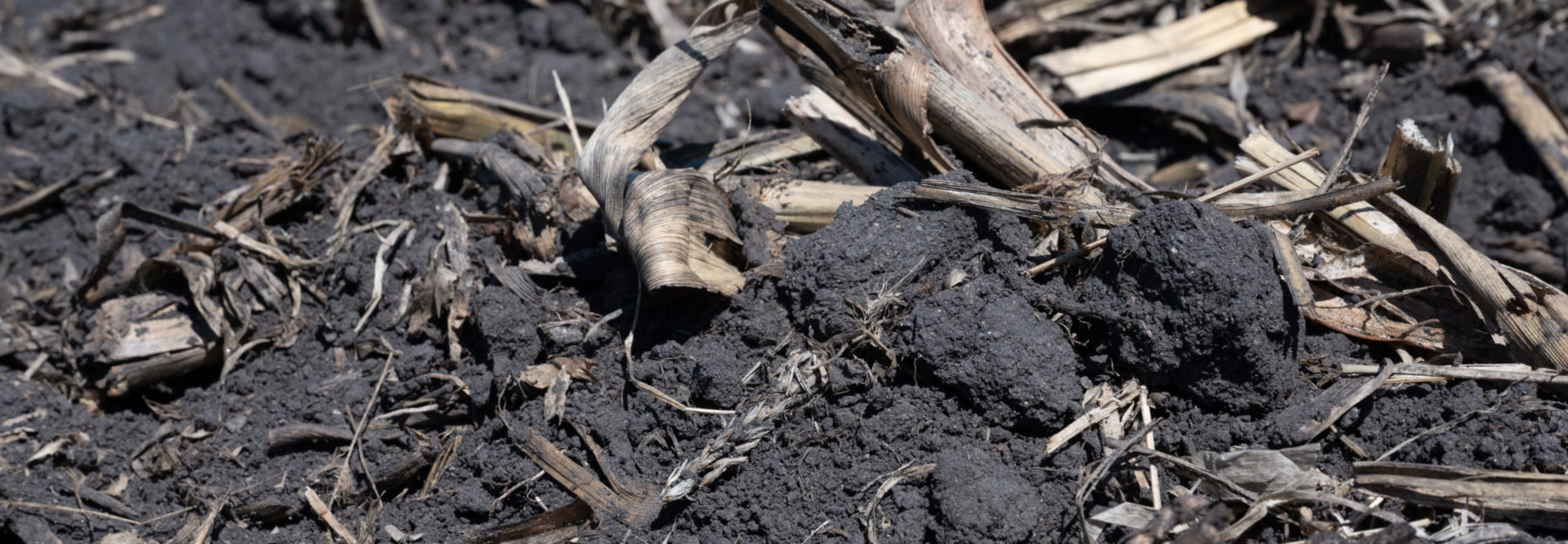
Agriculture and Carbon
Climate change is a global concern, and the need to reduce greenhouse gas (GHG) emissions has become more urgent. More frequent and more severe heat waves, floods, and droughts impact agriculture in significant ways. As a source of emissions, agriculture emits ~11% of US emissions (2020) according to the Environmental Protection Agency. However, practices that reduce GHG emissions from crop and livestock activities and sequester carbon in soils make agriculture an important sector that can help resolve climate change issues.
Soil carbon sequestration is the net additional storage of carbon from atmospheric carbon dioxide in the soil. It is affected by factors that support a viable and flourishing biological system in the soil, such as water, food, air, and shelter (less soil disturbance). Increased biological activity leads to visible and structural changes in the soil properties, resulting in the following visible outcomes:
- Improved organic matter turnover
- Improved nutrient cycling
- Improved soil structure
- Improved water availability*
By adopting these practices, growers can improve soil health and agronomic performance. In addition, the growing demand for carbon dioxide removal solutions by both governments and corporations (who aim to be net-zero by mid-century) has resulted in the rapid growth of voluntary carbon market programs. Carbon offset protocols are starting to be used for agricultural practices, thereby creating an opportunity for farmers to receive payments for sustainable practices such as conservation tillage, cover crops, and others.
This carbon toolkit provides a comprehensive introduction to carbon programs while acknowledging that the information is constantly changing. Every acre and every program is different. This toolkit aims to help farmers better understand carbon market programs, the farming practices credited and the public resources available so they can make better-informed decisions that align with their vision for their operations.
*Source: Hatfield, J.L., Sauer, T.J., Cruse, R.M. 2017. Soil: The forgotten piece of the water, food, energy nexus. Advances in Agronomy. 143:1-46. doi: 10.1016/bs.agron.2017.02.001.